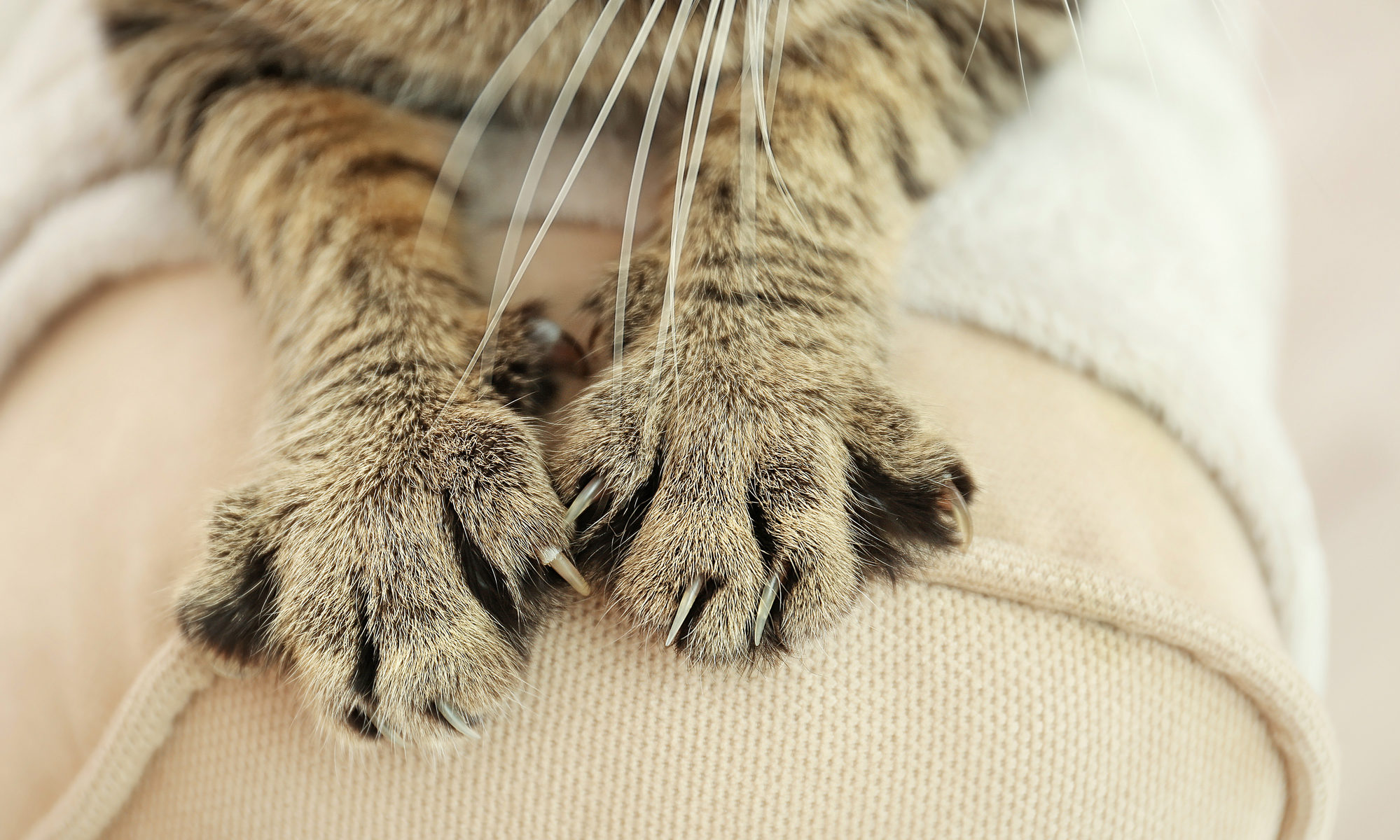I recently moved into a new home. Fortunately, our new landlord allowed the furriest member of our family to join us. Not all landlords are so kind, however. Many rental agreements contain clauses explicitly prohibiting tenants from owning pets. But such limitations are now being challenged. The U.K. is currently considering legislation that would give tenants the legal right to request a pet in their home, with landlords not being able to unreasonably refuse. New York City, on the other hand, already gives tenants the right to keep a pet in a no-pet property after three months of residence.
Landlords are understandably concerned about such developments. But it’s worth considering why we might think they have the ability to refuse tenancy to the two-thirds of the population that own pets.
We might begin by taking a rights-based approach: arguing that since the landlord is the owner of the property, they have the right to dictate whatever tenancy terms they see fit. If a potential tenant finds these terms unsatisfactory, then they are welcome to look elsewhere for a home. But such an approach – while elegant in its simplicity – fundamentally fails to describe how the law approaches the relationship between landlords and tenants. Property owners are not all-powerful lords overseeing their fiefdoms. As soon as they enter into a contract to lease their property, their rights in that property become limited. Most jurisdictions, for example, recognize the right of tenants to the exclusive possession and peaceful enjoyment of their property. A landlord could not, for example, prohibit the reading of books on the property, or capriciously make a rule outlawing the possession of Tupperware.
A rule against the ownership of pets, then, must be based on more than just the landlord’s right to dictate the terms of a lease. There must be good reason why this particular use of the property can be prohibited, when others cannot.
The obvious answer is, of course, the potential for damage that accompanies pet ownership. Most landlords don’t prohibit animals on the basis of a de Vil-esque hatred of animals. Instead, it stems from a fear that their valuable investment – a home – will be devalued through the devastation wrought by non-human occupants. And let’s be honest, this fear isn’t entirely unfounded. Anyone who has owned a pet will know that animals aren’t always entirely respectful of private property. They are quite capable of causing – sometimes catastrophic – damage.
Perhaps, then, the proper argument against pet ownership in a rental property is a consequentialist one. While tenants do indeed have a right to peacefully enjoy the property in which they reside, this right can be curtailed where an activity creates significant risk of damage to the home. It would, for example, be completely unreasonable for a tenant to claim that the right to peaceful enjoyment allows them to detonate fireworks in their living room. It’s also what allows landlords to create prohibitions against things like smoking.
But there are several problems with this argument. First, if the potential for damage is what justifies a prohibition against pets, then landlords should be permitted to prohibit anything else that brings that same potential for damage. But they’re not. A docile, well-trained cat is far less likely to create chaos than a rampaging toddler. But in most jurisdictions, there are clear protections in place that forbid a landlord from refusing to rent to a family with children. In the U.S., it’s a violation of Federal Law.
Of course, there are fundamental differences between a child and a pet. For one, there seems to be a generally recognized “right” to the former, but not the latter. But this is where a second concern with the consequentialist approach arises: such an argument must weigh all of the consequences – not only the costs. And while a pet might be importantly different to a child, the benefits a pet brings to its family are of a very similar kind. Pets bring companionship and joy. They even improve our improve our mental health. And the benefits aren‘t just to tenants. A recent study showed that pet-friendly homes in New York City brought landlords an additional $250 in rental income every month. There’s every chance that these benefits to tenants and landlords may easily offset the potential costs of any pet-related damage.
Which brings us to a final problem with the consequentialist approach: any rental arrangement brings with it an inherent risk of property damage – and there are already ample mechanisms in place to reduce the cost associated with that risk. That’s what security deposits are for. If a tenant – or their furry companion – causes damage, then this deposit will provide compensation for the landlord. In fact, in many cases, this deposit can be supplemented by an additional pet deposit and cleaning fee. Access to mechanisms such as these make a blanket prohibition on pet ownership in a rental property even harder to justify.
The upshot, then, is this: while a tenant might have the right to peacefully enjoy their rental property, there are circumstances where a significant risk of damage can allow a landlord to dictate the terms of a tenancy. The ownership of a pet, however, is not sufficient to meet this standard. If it was, then other activities (like having a child) could also be prohibited. What’s more, the benefits of pet ownership for the tenant far outweigh the potential costs to the landlord – costs which, through the appropriate use of existing mechanisms like security deposits – can be almost entirely eliminated.
At the end of the day, pets are – for many – just as much a member of the family as any of the humans of the household. Giving up those family members is unthinkable, which is why pet prohibitions lock many families out of a vast number of rental properties. What’s more, prohibiting pets from rental properties – while legally enshrining the rights of certain human family members – might also be yet another example of blatant speciesism…


